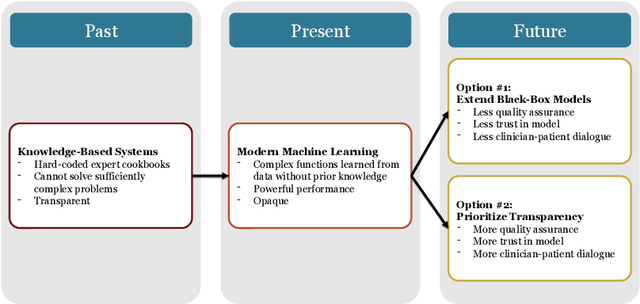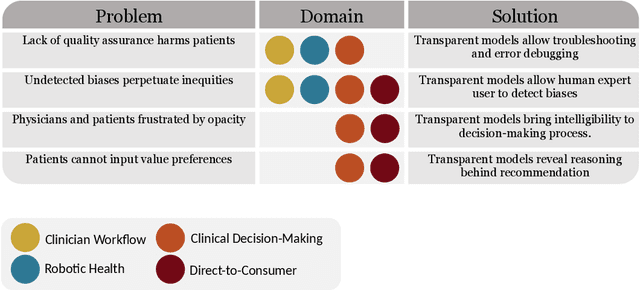Manisha Senadeera
Predictive Modeling through Hyper-Bayesian Optimization
Aug 01, 2023



Abstract:Model selection is an integral problem of model based optimization techniques such as Bayesian optimization (BO). Current approaches often treat model selection as an estimation problem, to be periodically updated with observations coming from the optimization iterations. In this paper, we propose an alternative way to achieve both efficiently. Specifically, we propose a novel way of integrating model selection and BO for the single goal of reaching the function optima faster. The algorithm moves back and forth between BO in the model space and BO in the function space, where the goodness of the recommended model is captured by a score function and fed back, capturing how well the model helped convergence in the function space. The score function is derived in such a way that it neutralizes the effect of the moving nature of the BO in the function space, thus keeping the model selection problem stationary. This back and forth leads to quick convergence for both model selection and BO in the function space. In addition to improved sample efficiency, the framework outputs information about the black-box function. Convergence is proved, and experimental results show significant improvement compared to standard BO.
EMOTE: An Explainable architecture for Modelling the Other Through Empathy
Jun 01, 2023Abstract:We can usually assume others have goals analogous to our own. This assumption can also, at times, be applied to multi-agent games - e.g. Agent 1's attraction to green pellets is analogous to Agent 2's attraction to red pellets. This "analogy" assumption is tied closely to the cognitive process known as empathy. Inspired by empathy, we design a simple and explainable architecture to model another agent's action-value function. This involves learning an "Imagination Network" to transform the other agent's observed state in order to produce a human-interpretable "empathetic state" which, when presented to the learning agent, produces behaviours that mimic the other agent. Our approach is applicable to multi-agent scenarios consisting of a single learning agent and other (independent) agents acting according to fixed policies. This architecture is particularly beneficial for (but not limited to) algorithms using a composite value or reward function. We show our method produces better performance in multi-agent games, where it robustly estimates the other's model in different environment configurations. Additionally, we show that the empathetic states are human interpretable, and thus verifiable.
The Three Ghosts of Medical AI: Can the Black-Box Present Deliver?
Dec 10, 2020

Abstract:Our title alludes to the three Christmas ghosts encountered by Ebenezer Scrooge in \textit{A Christmas Carol}, who guide Ebenezer through the past, present, and future of Christmas holiday events. Similarly, our article will take readers through a journey of the past, present, and future of medical AI. In doing so, we focus on the crux of modern machine learning: the reliance on powerful but intrinsically opaque models. When applied to the healthcare domain, these models fail to meet the needs for transparency that their clinician and patient end-users require. We review the implications of this failure, and argue that opaque models (1) lack quality assurance, (2) fail to elicit trust, and (3) restrict physician-patient dialogue. We then discuss how upholding transparency in all aspects of model design and model validation can help ensure the reliability of medical AI.
Trust and Medical AI: The challenges we face and the expertise needed to overcome them
Aug 18, 2020

Abstract:Artificial intelligence (AI) is increasingly of tremendous interest in the medical field. However, failures of medical AI could have serious consequences for both clinical outcomes and the patient experience. These consequences could erode public trust in AI, which could in turn undermine trust in our healthcare institutions. This article makes two contributions. First, it describes the major conceptual, technical, and humanistic challenges in medical AI. Second, it proposes a solution that hinges on the education and accreditation of new expert groups who specialize in the development, verification, and operation of medical AI technologies. These groups will be required to maintain trust in our healthcare institutions.
 Add to Chrome
Add to Chrome Add to Firefox
Add to Firefox Add to Edge
Add to Edge